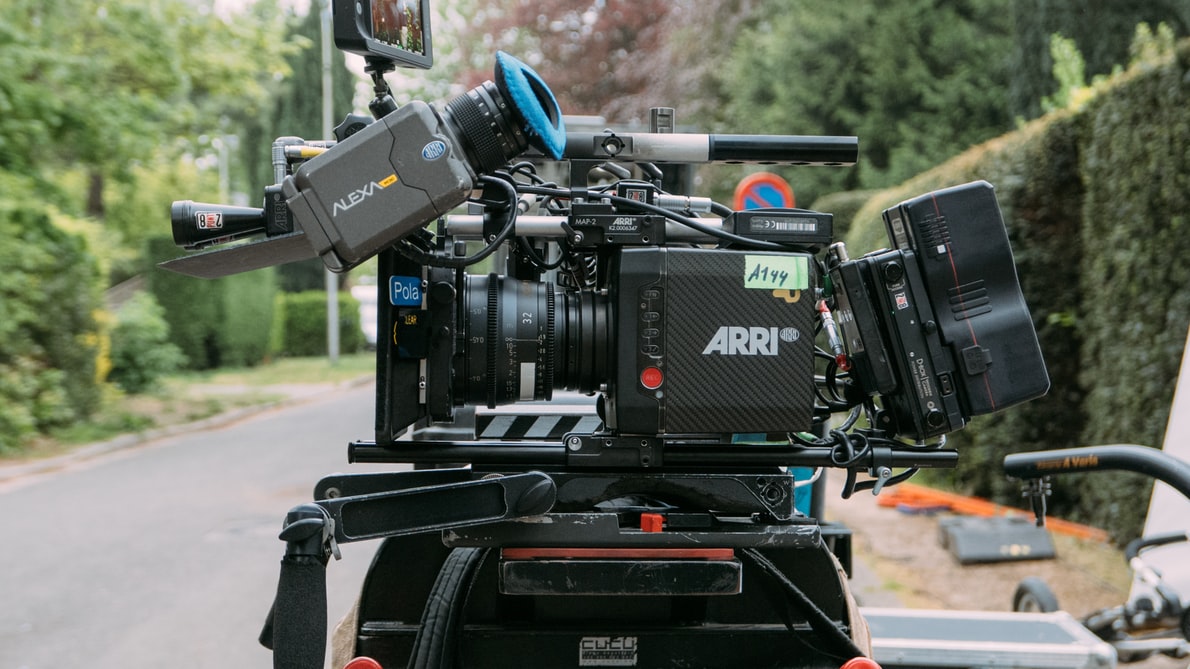Ultrafast Camera Films 3-D Movies at 100 Billion Frames Per Second
19. 10. 2020 | Caltech | www.caltech.edu
In his quest to bring ever-faster cameras to the world, Caltech's Lihong Wang has developed technology that can reach blistering speeds of 70 trillion frames per second, fast enough to see light travel. Just like the camera in your cell phone, though, it can only produce flat images.
Now, Wang's lab has gone a step further to create a camera that not only records video at incredibly fast speeds but does so in three dimensions. Wang, Bren Professor of Medical Engineering and Electrical Engineering in the Andrew and Peggy Cherng Department of Medical Engineering, describes the device in a new paper in the journal Nature Communications. The new camera, which uses the same underlying technology as Wang's other compressed ultrafast photography (CUP) cameras, is capable of taking up to 100 billion frames per second. That is fast enough to take 10 billion pictures, more images than the entire human population of the world, in the time it takes you to blink your eye.

Wang calls the new iteration "single-shot stereo-polarimetric compressed ultrafast photography," or SP-CUP. In CUP technology, all of the frames of a video are captured in one action without repeating the event. This makes a CUP camera extremely quick (a good cell-phone camera can take 60 frames per second). Wang added a third dimension to this ultrafast imagery by making the camera "see" more like humans do.
Read more at Caltech
Image Credit: Unsplash
-jk-




